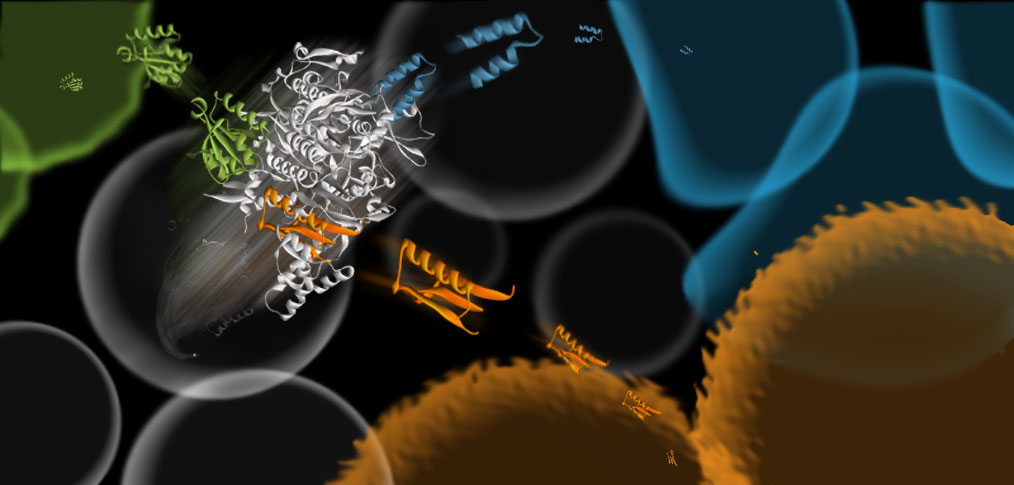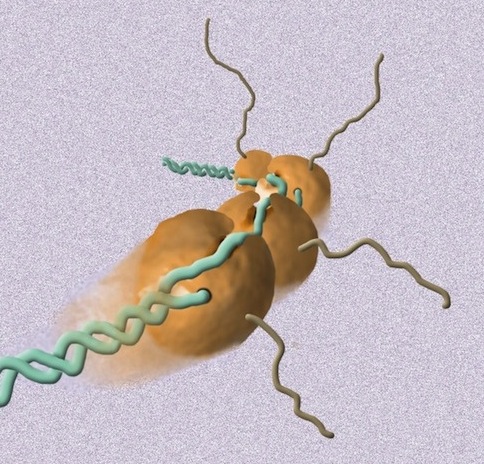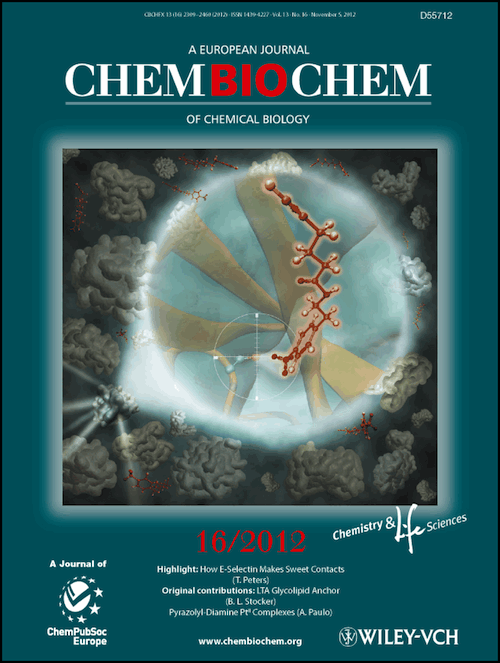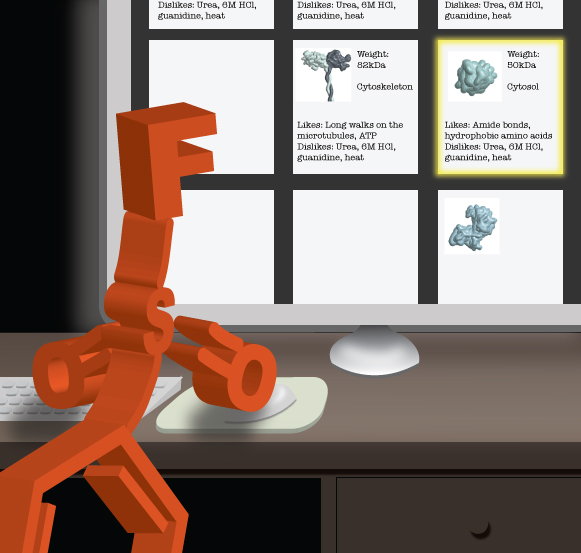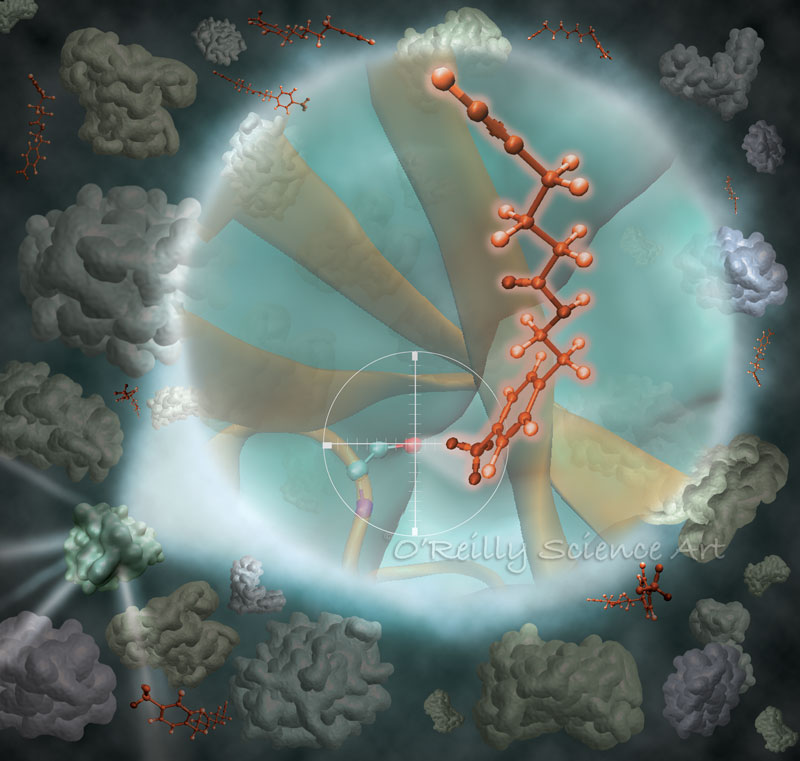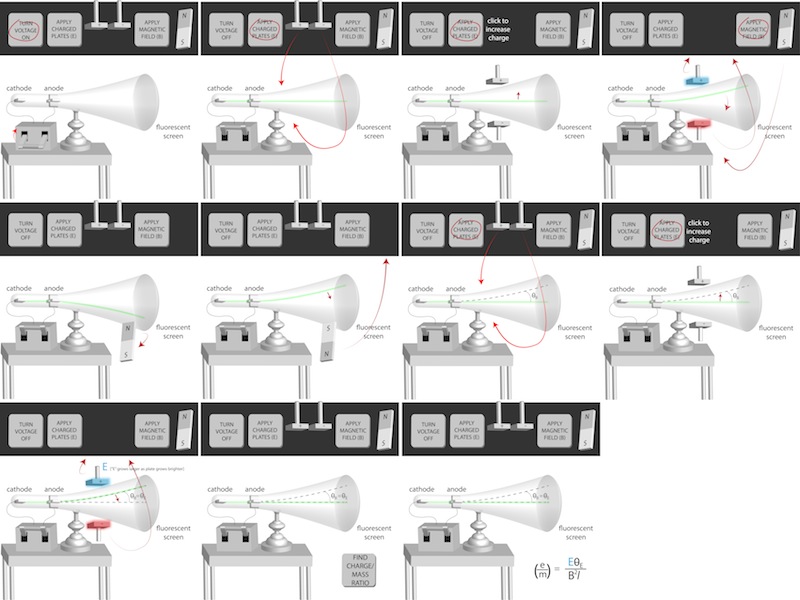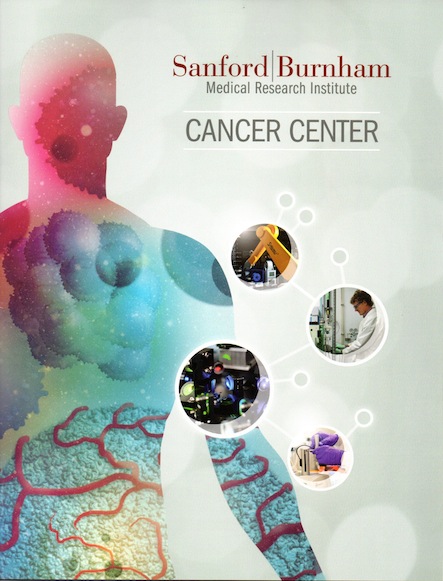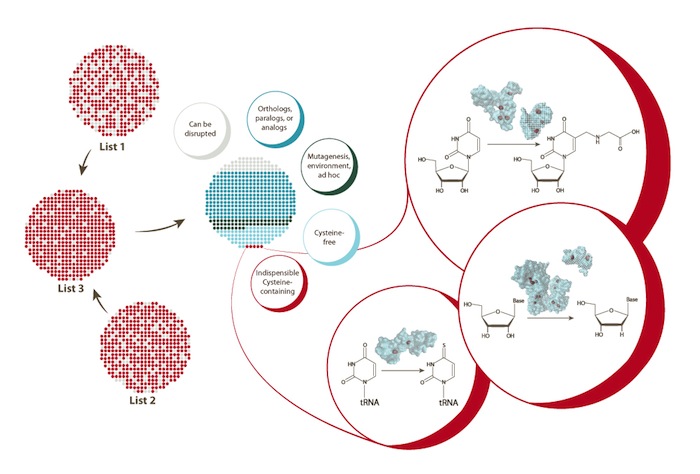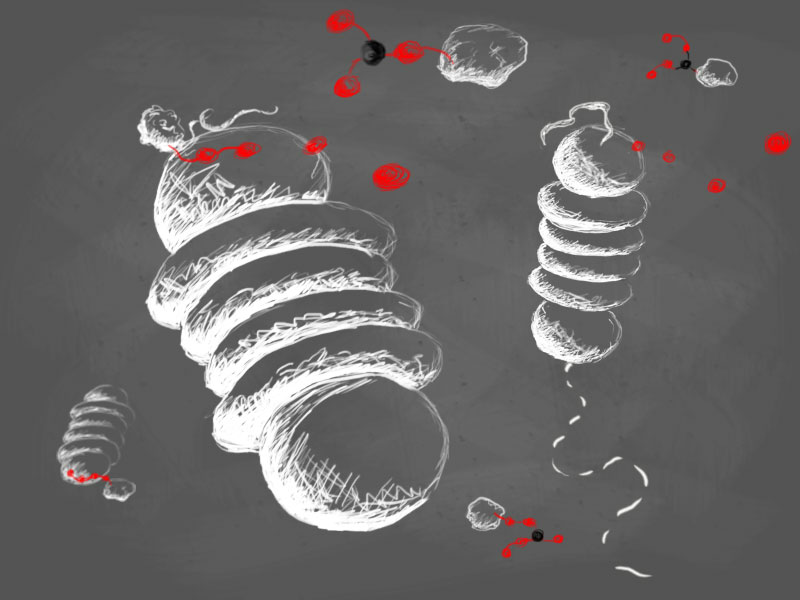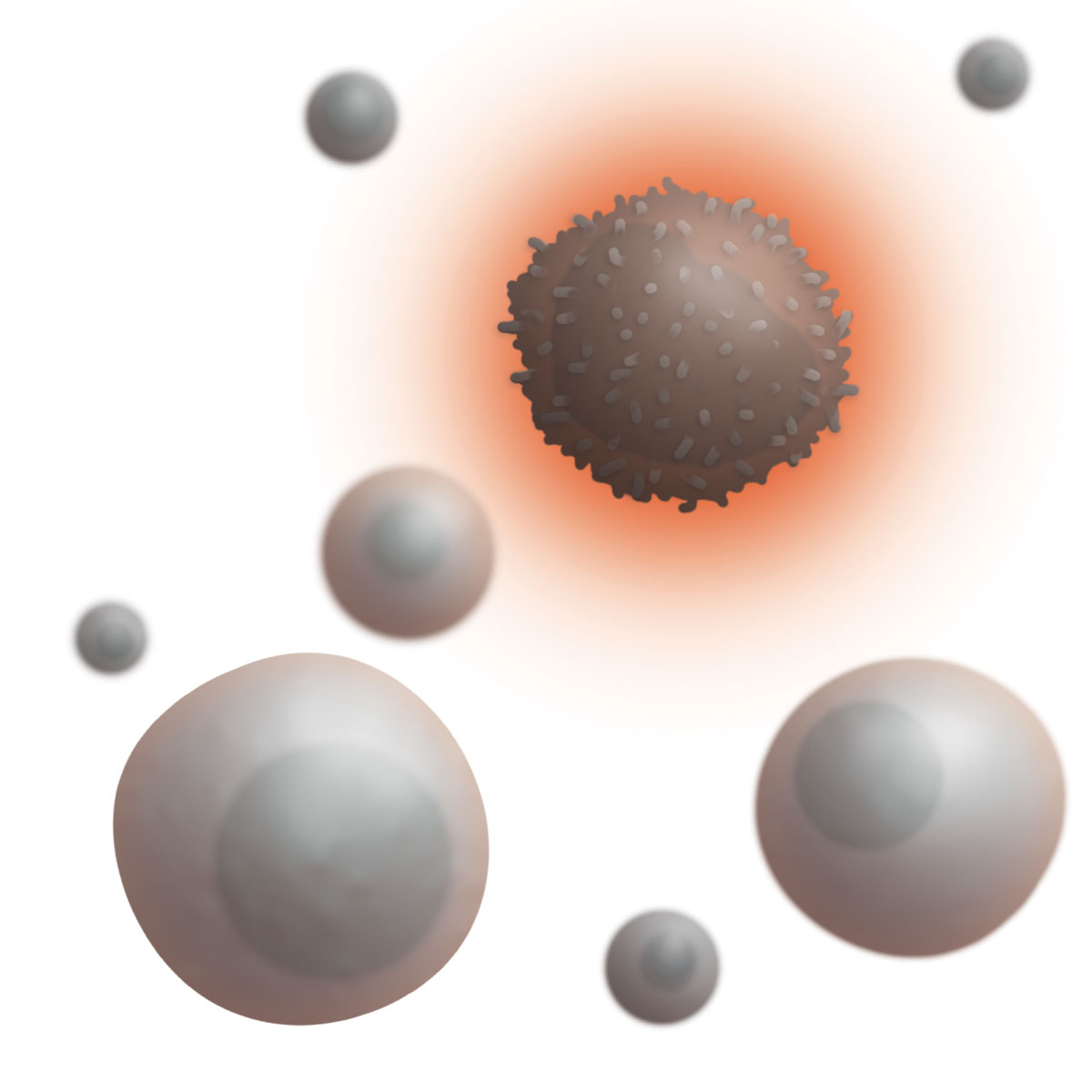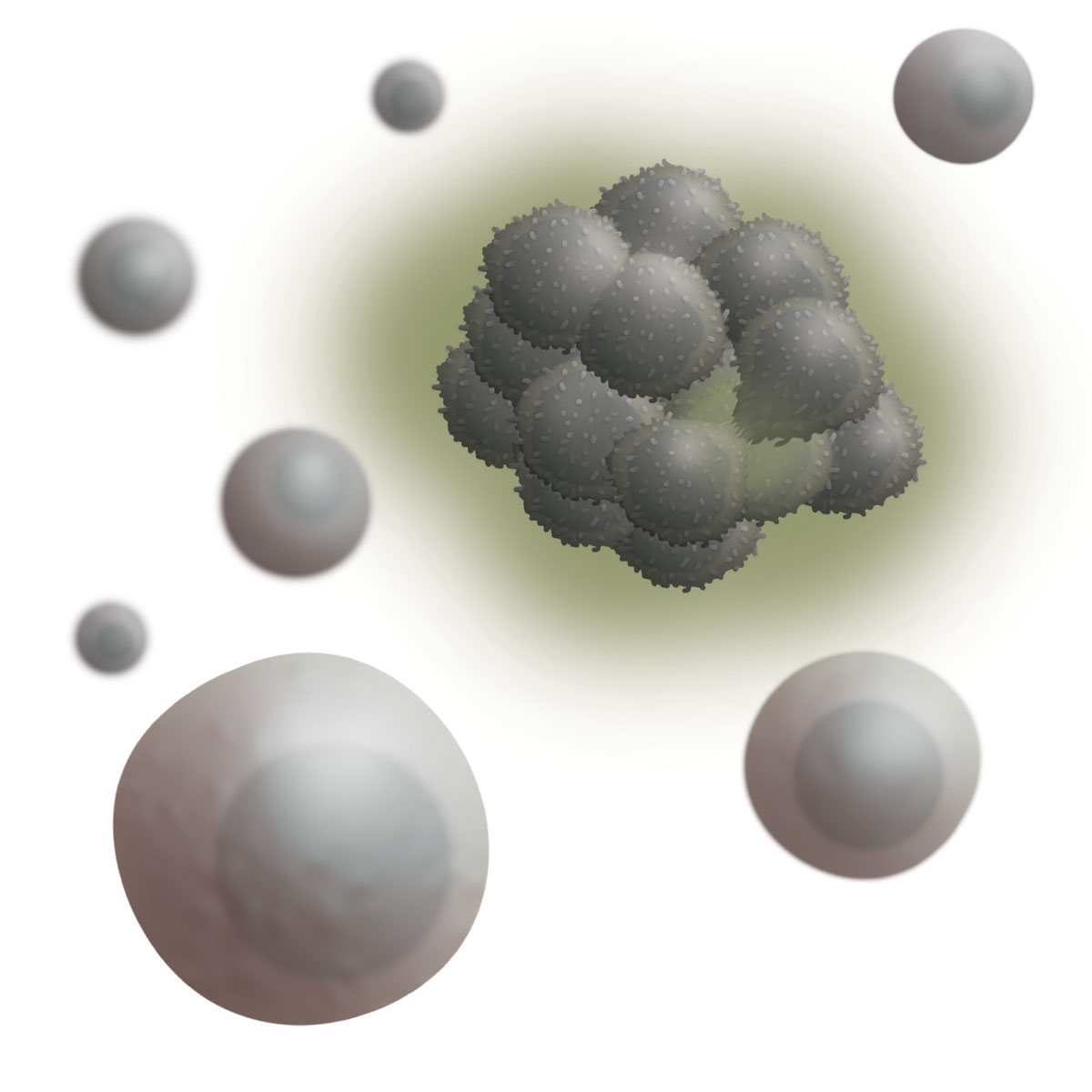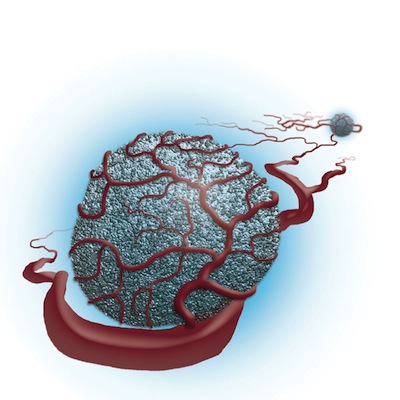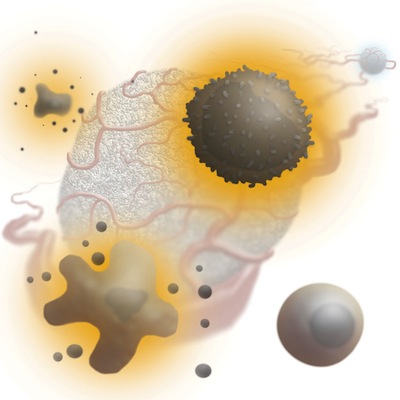Kill your darlings
 Friday, May 24, 2013 at 06:59PM
Friday, May 24, 2013 at 06:59PM This is usually a term that writers use and it means that you shouldn't settle for something even if you think it's good. You should throw it away and write something better. In my latest logo design project, I had to kill a couple of darlings, but I think it was worth it.
The project started with some brainstorming. At this stage the clients were considering embedding the logo into the name of the company.
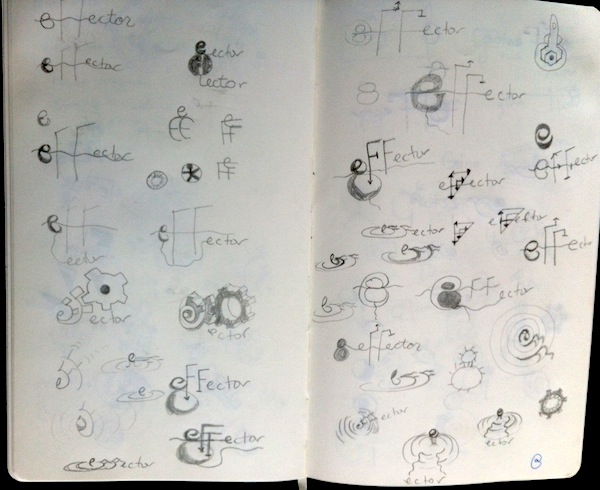
Some of the ideas in these doodles come from the fact that the company is focused on translation, and how small biochemical perturbations can have a ripple effect on the entire process. After talking some, it was decided to separate the name from the logo, but the option of incorporating the "e" was left open because of the distinctive way in which the name of the company starts with a lowercase "e" and has the rest of the letters in capitals. Another key feature was highlighting the fact that synthetic chemistry is a large part of their strategy.
So then, I thought I had it:
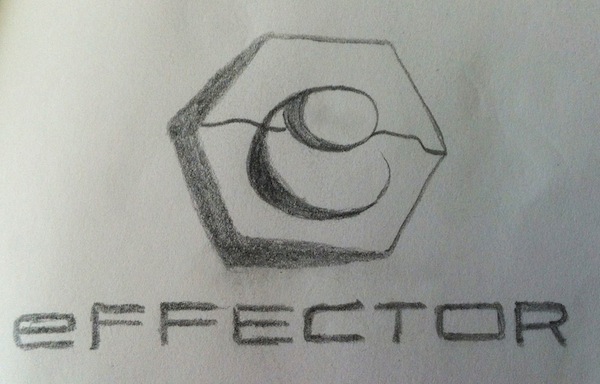
That was the first darling that I killed. Then, after a discussion in which the ideas of ribbons and even mobius strips were being batted around, came this:
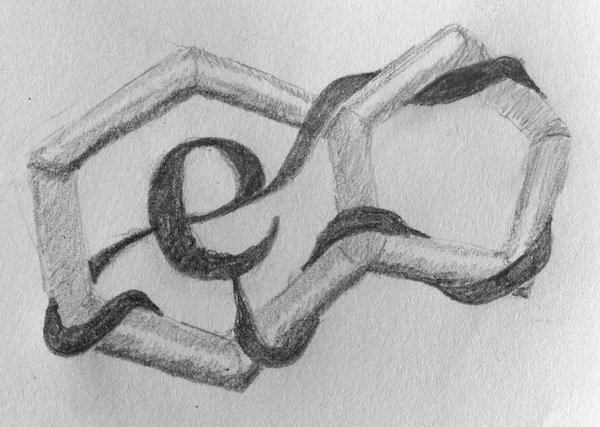
But we all agreed that this was, as one member of the company put it, a little too "gothic". Fair enough. Dead.
So then I had this idea while driving and only spent about 10 minutes of actual billable time sketching it out. I thought that this was a good way to combine the chemistry and the translation (ribosome) into one very simple image. I was pretty excited about this one at first.
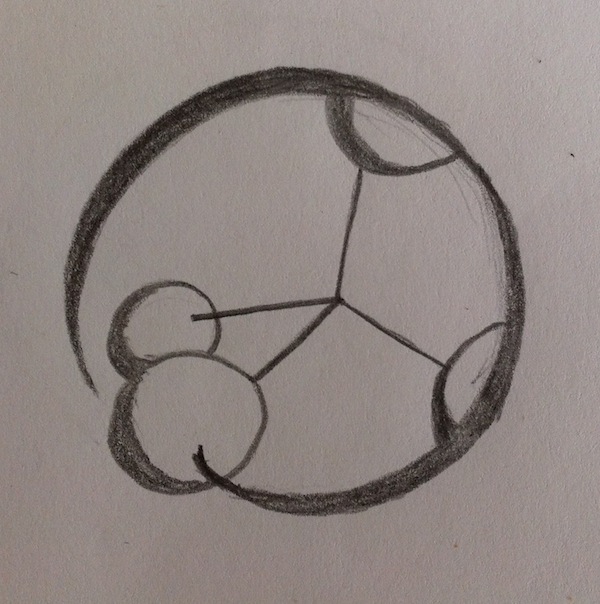
But I killed it too.
In the end we decided to go with a design in which cleverness took a back seat to coolness. Which is really the best way to go, since you want everyone to think it looks cool even if they don't "get it". And what we ended up with is simpler, cooler, and better. The colors are still being tweaked ever so slightly but this is basically it, and there is no mourning of the dead darlings.
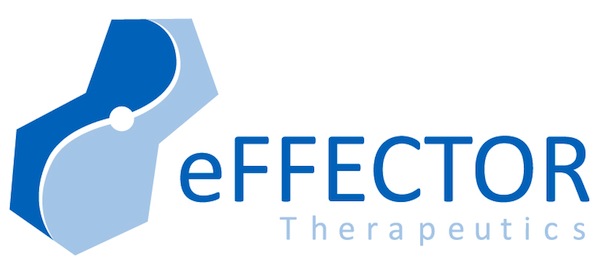
 Mary Comments Off
Mary Comments Off 
